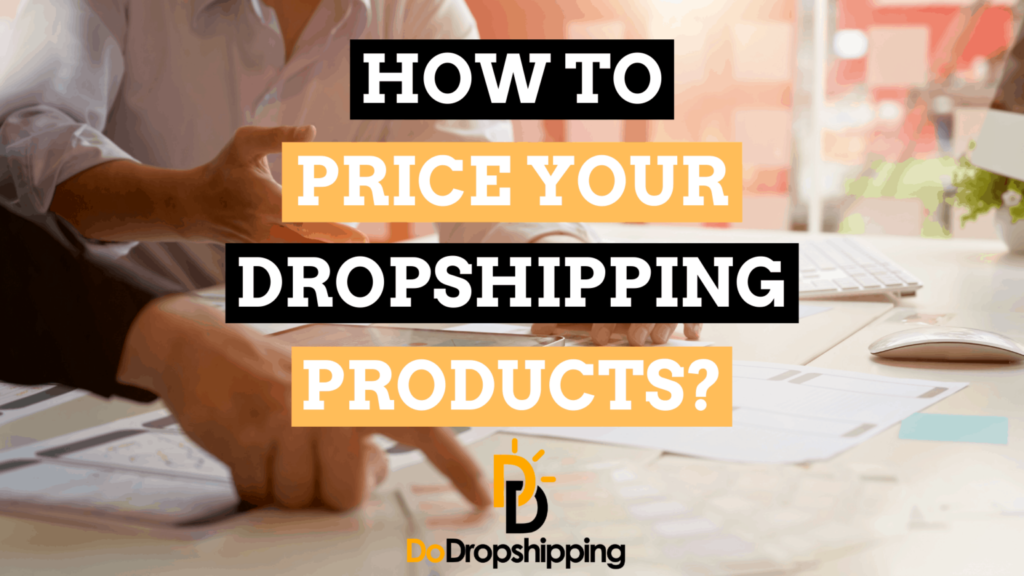If you have an online dropshipping store, your pricing strategy is definitely something that you should think about.
When it comes to pricing your product, you can’t just pick a price based on your feelings. You will have to consider expenses like product costs, marketing costs, taxes, hosting fees, app costs, and psychology.
Don’t worry though. In this guide, you will learn about what a dropshipping pricing strategy is, how to choose the best retail price for your product, various pricing strategies you can use, the best way to round your product’s price, and much more!
So, if you were asking yourself what retail price you are going to pick for your products, this article is for you.
Let’s get started!
What is a pricing strategy?
When adding new products to your dropshipping store, you might ask yourself:
“How do I price my products?”
That’s precisely what a pricing strategy covers!
A pricing strategy generally takes all the expenses you have into account and calculates an optimal selling price as an output.
Some things to consider are:
- Audience: How does your audience look like? For example, if you target a wealthier audience, you can probably set your prices a bit higher than average.
- Perceived Value: What is the perceived value of your product? If you are selling a neck massager, you can set your price higher than when selling a neck pillow.
- Price Elasticity: How does your audience react to price changes? If a 10% price increase results in just -5% sales, it’s probably a smart move!
- Business Costs: What are the business costs you will need to earn back? What do you pay for your email, apps, domain, and other business expenses? Tip: If you are interested in setting up a free business email, check out this Do Dropshipping article.
- Taxes: The obligation to pay sales tax, VAT, or profit tax could really eat into your profit margins, which is why it’s an important point to consider when thinking about your products’ pricing strategy. To learn everything you need to know about dropshipping taxes, check out our article here!
- Marketing Costs: One of the more essential costs to consider. Why? They are variable! The more products you sell, the more your marketing costs will rise. Basically, it all comes down to your average Cost Per Purchase across all your marketing channels.
- Psychology: What is an attractive price for your product from a psychology point of view? Do you round your prices? If yes, at X.90, X.95, X.98, or X.99? These are all questions to think about and can actually differ from product to product (more on that later)!
- Product Costs: The last, but not the least! Your product costs a.k.a. COGS (Cost Of Goods Sold) is a significant expense to consider. In fact, pricing strategies exist which are based on someone’s COGS only!

